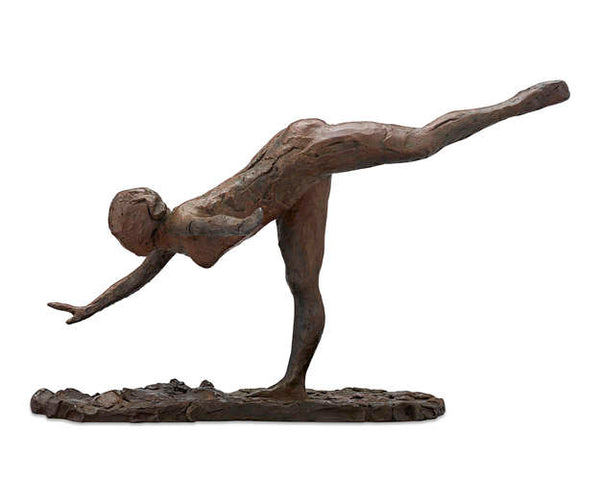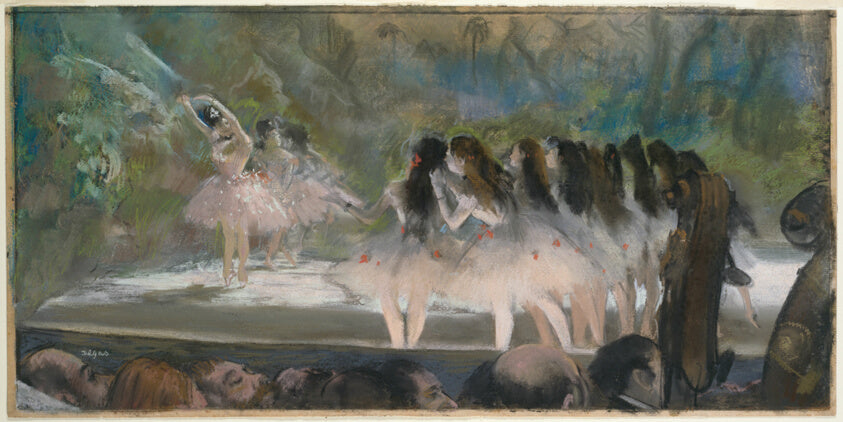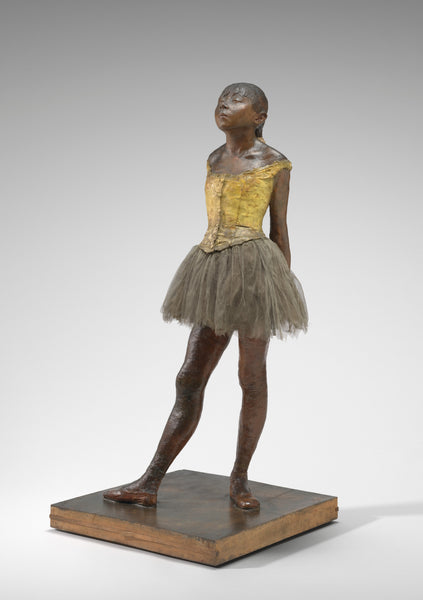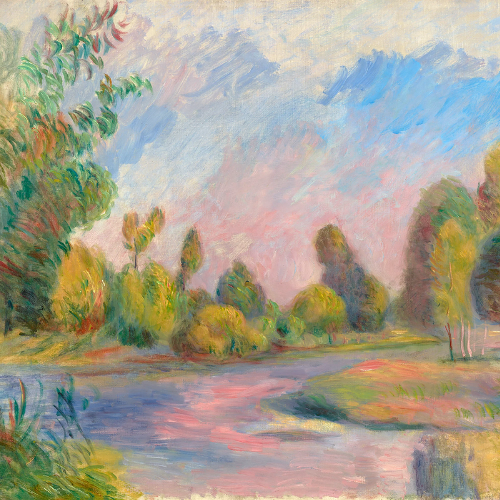Introduction

Always striving to experiment and innovate, Degas turned to sculpture near the end of his life, as yet another medium in which to explore his gestural, animated aesthetic. Hundreds of original wax sculptures were housed in his studio, evidence of the artist’s love for experimentation. Cast in bronze by Degas’ followers, these energetic works now grace museums worldwide and have captivated audiences for over a century, cementing Degas as an unmatched artistic innovator and renegade.

Edgar Degas: The Painter of Ballerinas
Born in Paris in 1834, Edgar Degas initially pursued a career in law but soon discovered his passion for art. He enrolled at the École des Beaux-Arts and began his artistic journey, exploring various subjects and techniques. However, it was his fascination with the world of dance beginning in the 1870s that would become his career-defining focus.
Degas's interest in ballet stemmed from his close association with the Paris Opéra Ballet, one of the world's premier dance companies. He frequented the Paris Opéra for years, where he observed rehearsals, performances and behind-the-scenes preparations. Degas was captivated by the grace, elegance and discipline of the dancers, and he quickly became obsessed with replicating their movement in his art.

La Petite Danseuse de Quatorze: An Icon of Art History

Not only were Degas’s techniques groundbreaking, but his choice of subject was a challenge to the French academy and bourgeois society. The teenager depicted is Marie van Goethem, the daughter of a Belgian tailor and a laundress, whose working-class background was common among the students of the Paris Opéra school, but extremely uncommon for the subject of Salon sculpture.
Degas’s representation of this “petit rat de l’opéra” (little rat of the opera)—a common term used to describe the young ballerinas who often scurried across the stages— is deeply poignant, as Marie holds her head high and strikes a dignified fourth position despite her difficult circumstances. Degas also used real hair for the dancer’s wig and fabric for her costume to bring her haunting presence to life. Despite its shaky initial reception, the enduring legacy of La Petite Danseuse de Quatorze upholds Degas as an inspiring visionary who pushed the boundaries of artistic expression and challenged conventional norms.


Edgar Degas’s Artistic Legacy

He garnered critical success and acclaim during his lifetime, and his legacy has been shaped by the critical work of esteemed art historians such as Richard Kendall, who has published extensively on Degas's life and work. Today, major museums proudly collect and display massive holdings of Degas's work, including the Musée d'Orsay, the Art Institute of Chicago, and the Metropolitan Museum of Art, who owns perhaps the most famous bronze version of La Petite Danseuse de Quatorze.
Until he died in 1917, Degas spent his long and prodigious career analyzing movement, space and gesture, always aiming to absorb his audiences in the emotion and essence of a moment. His iconic depictions of ballet dancers, no matter their medium, continue to inspire and enchant us with their zealous spirit and transcendent energy.







